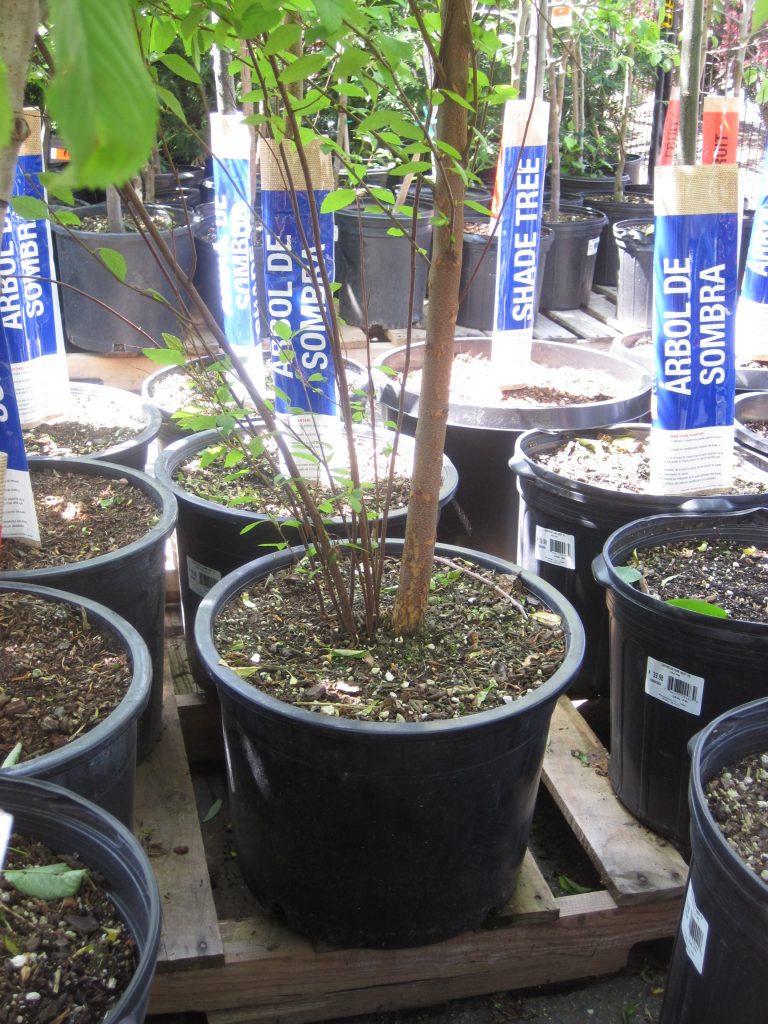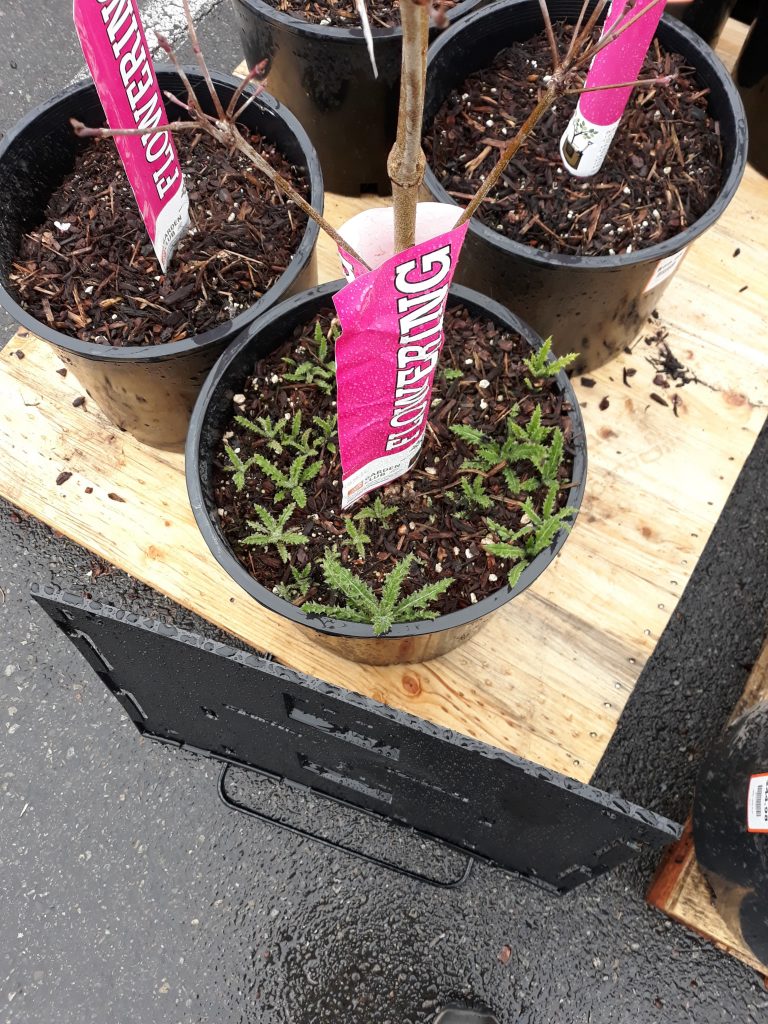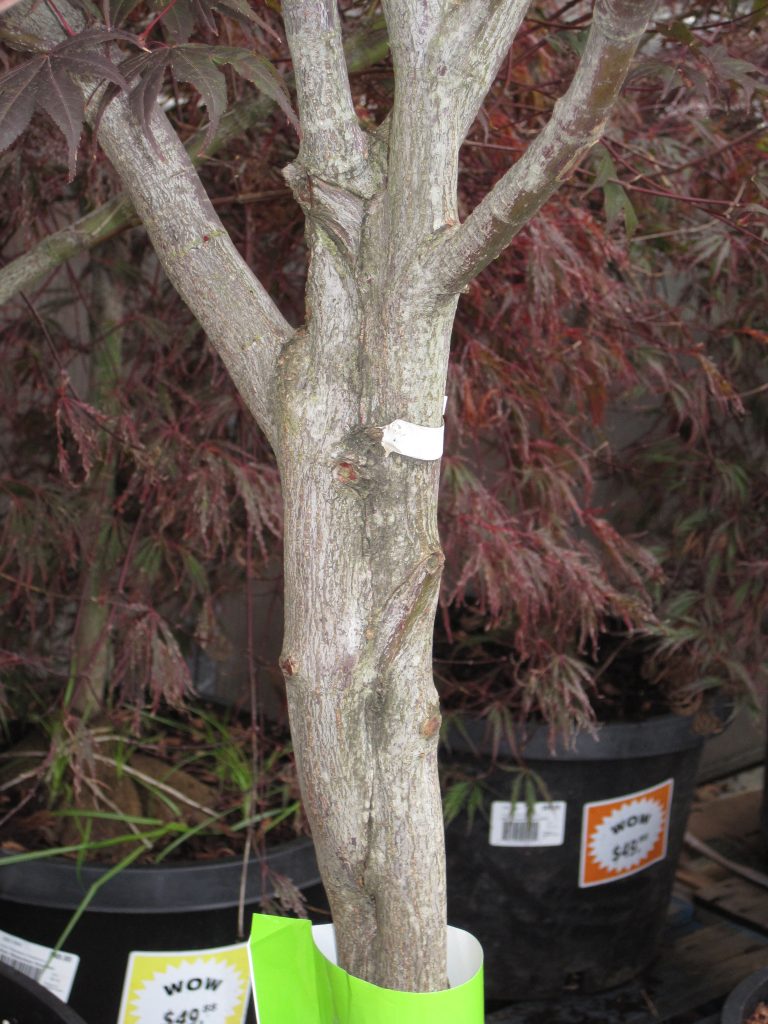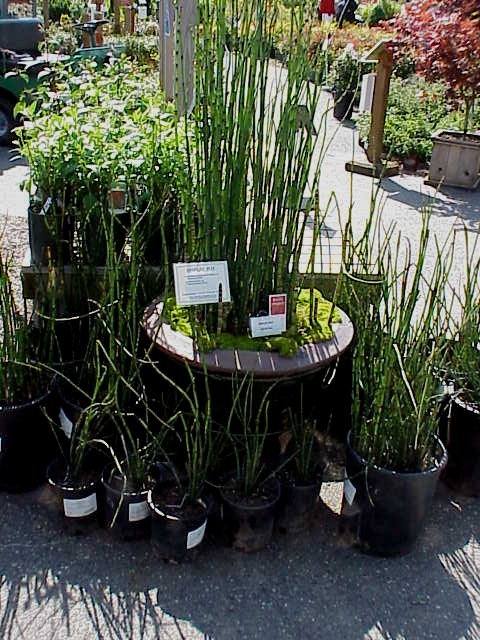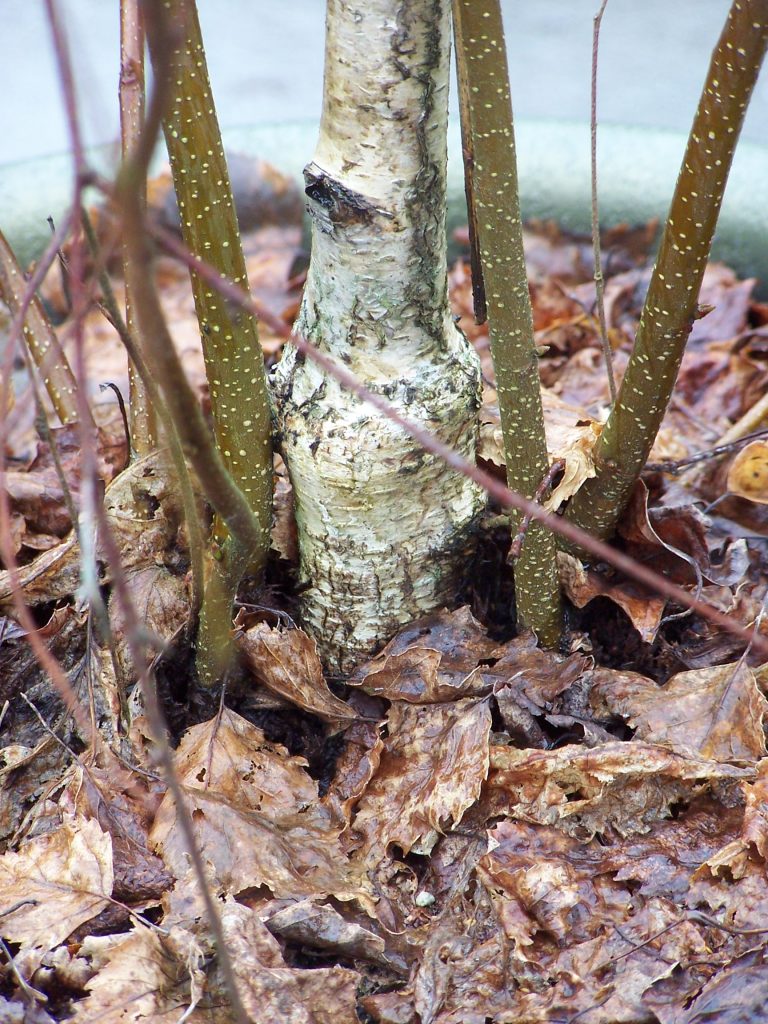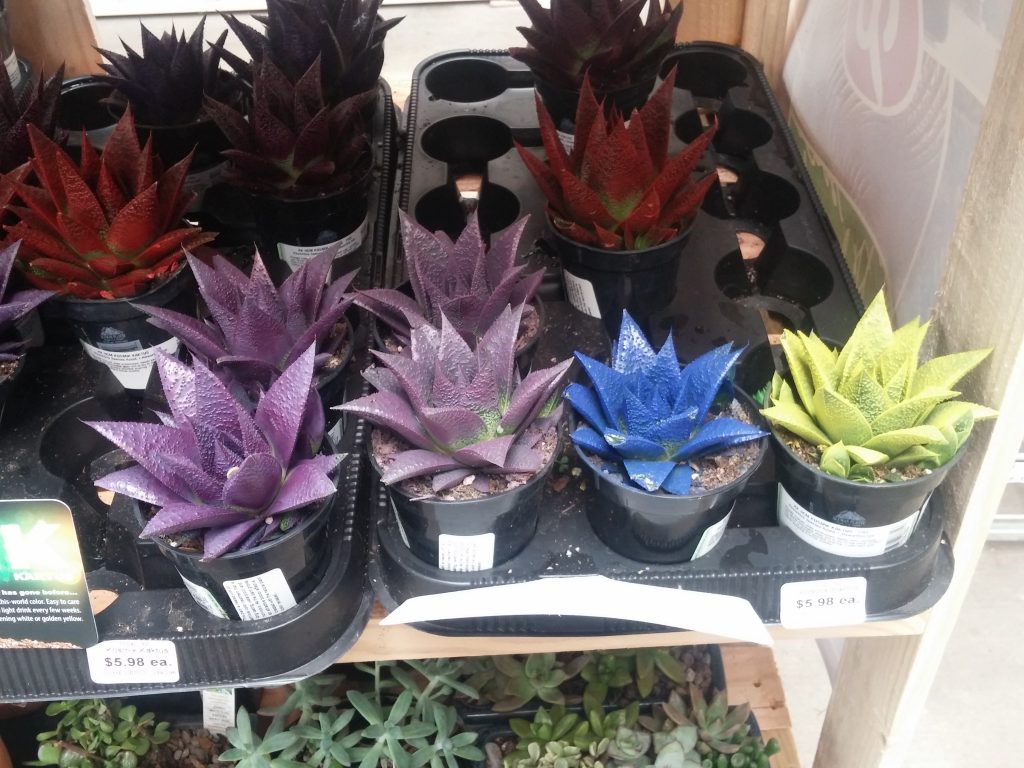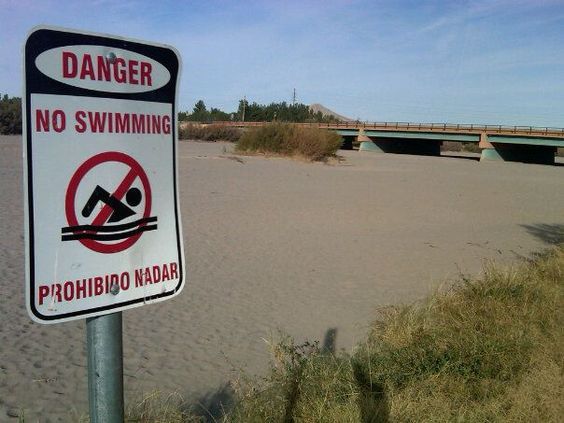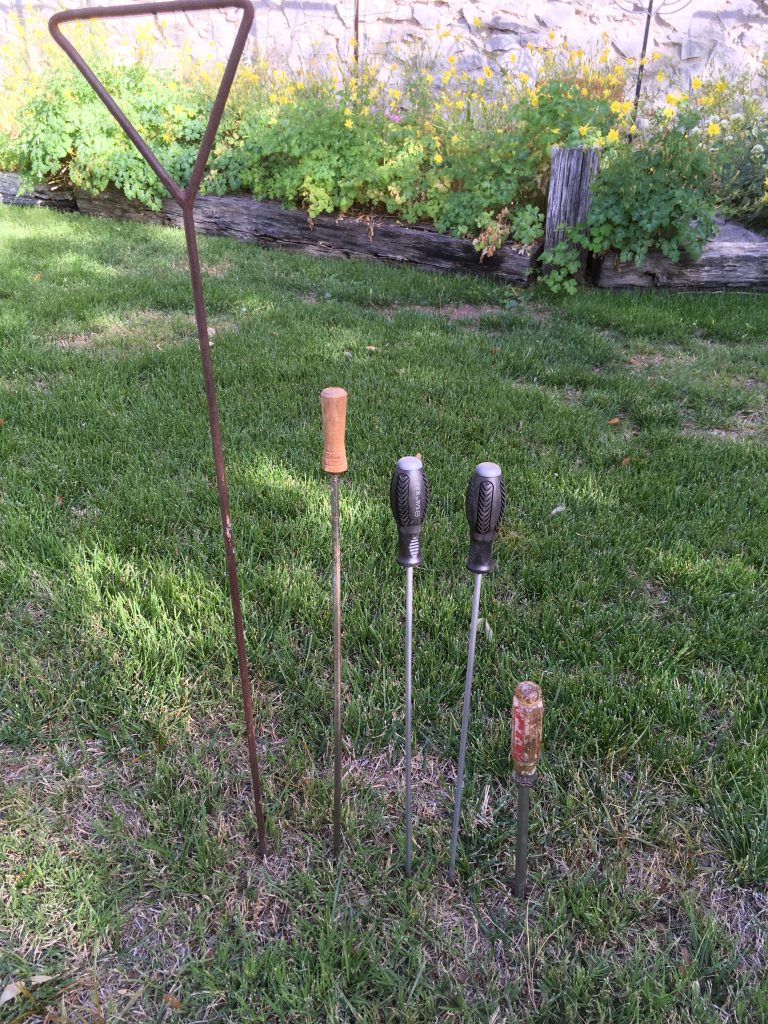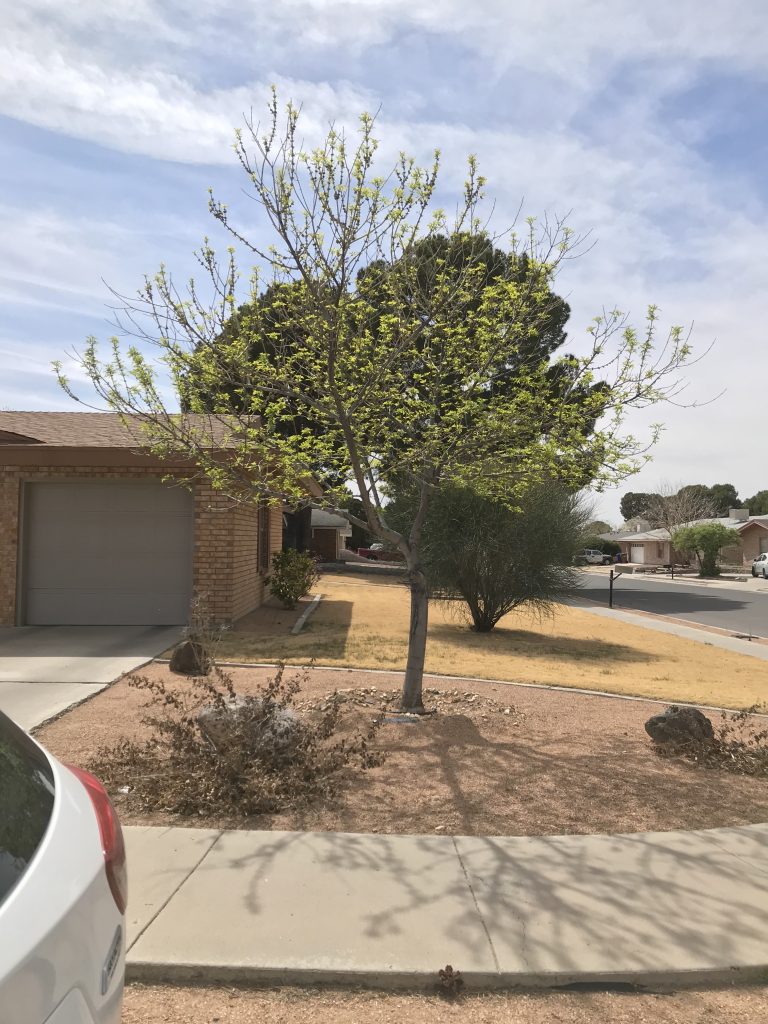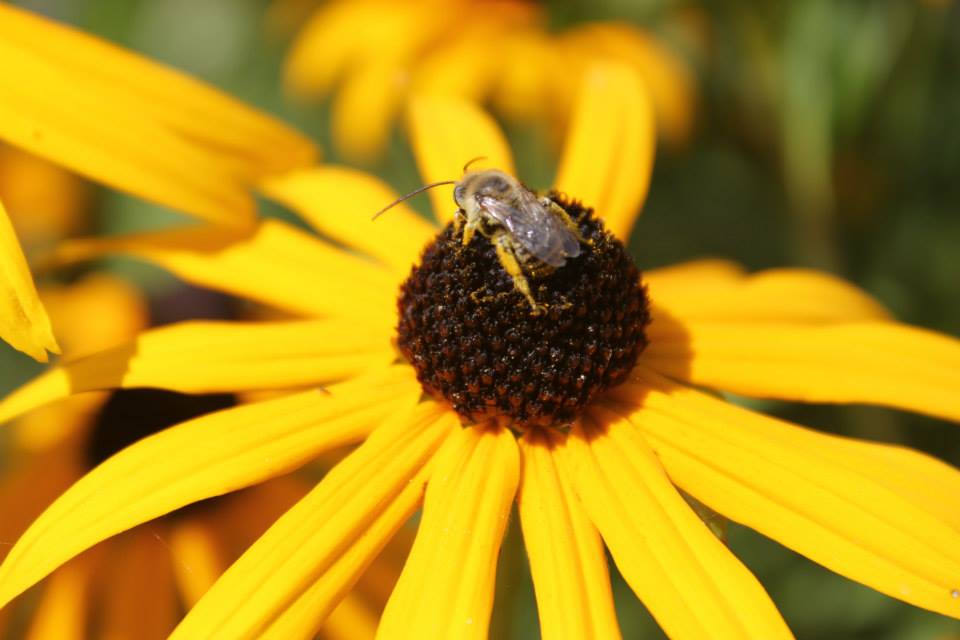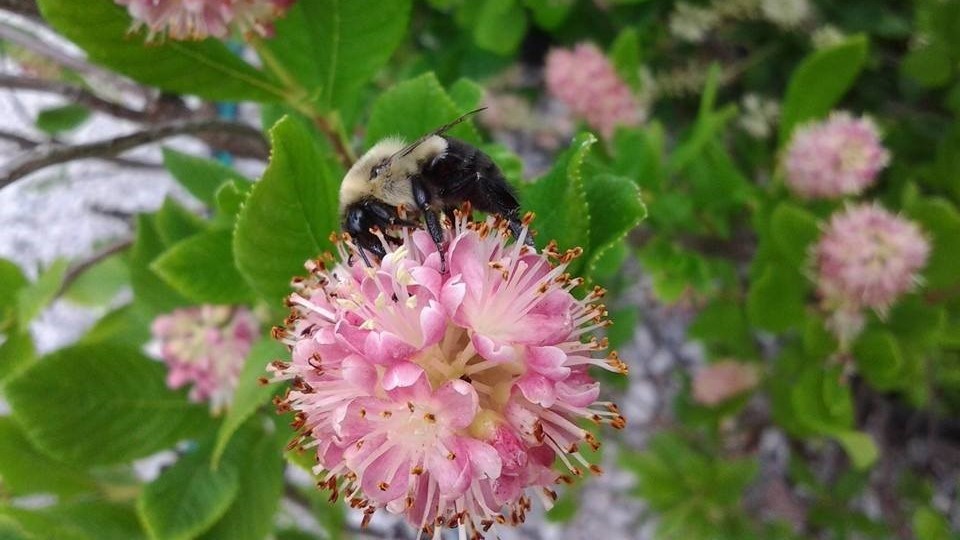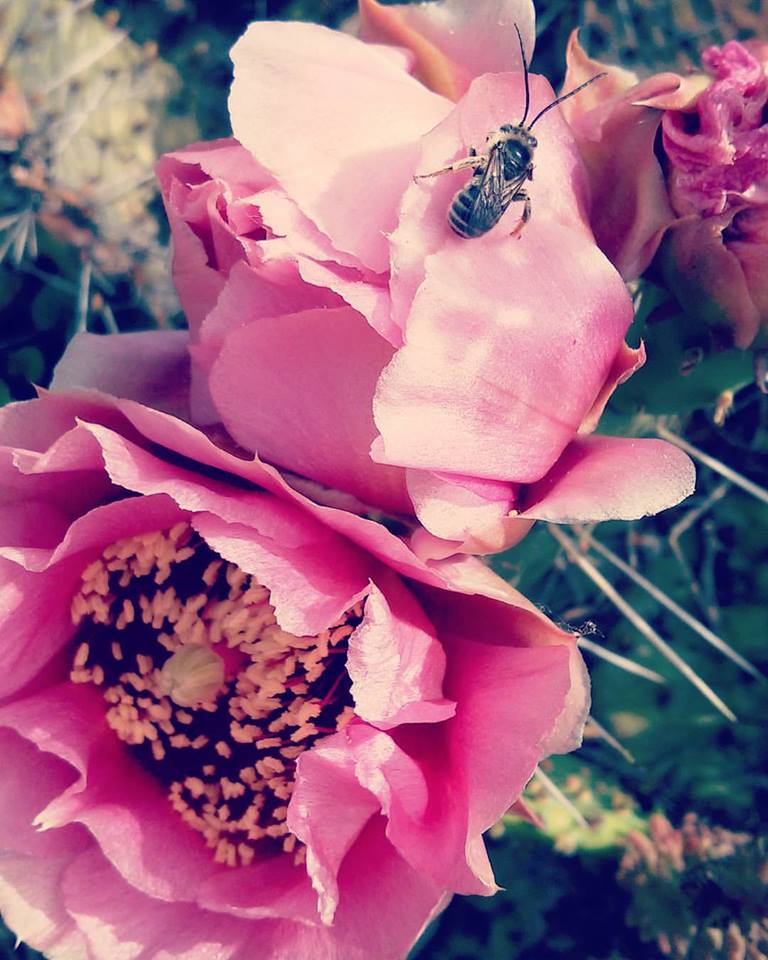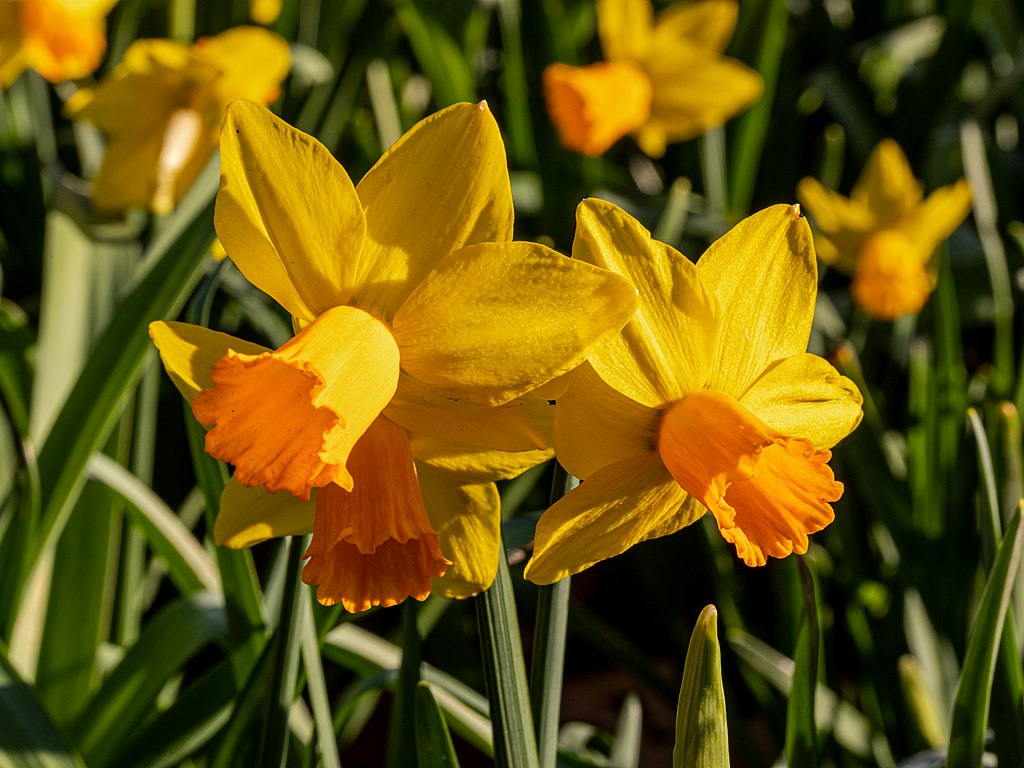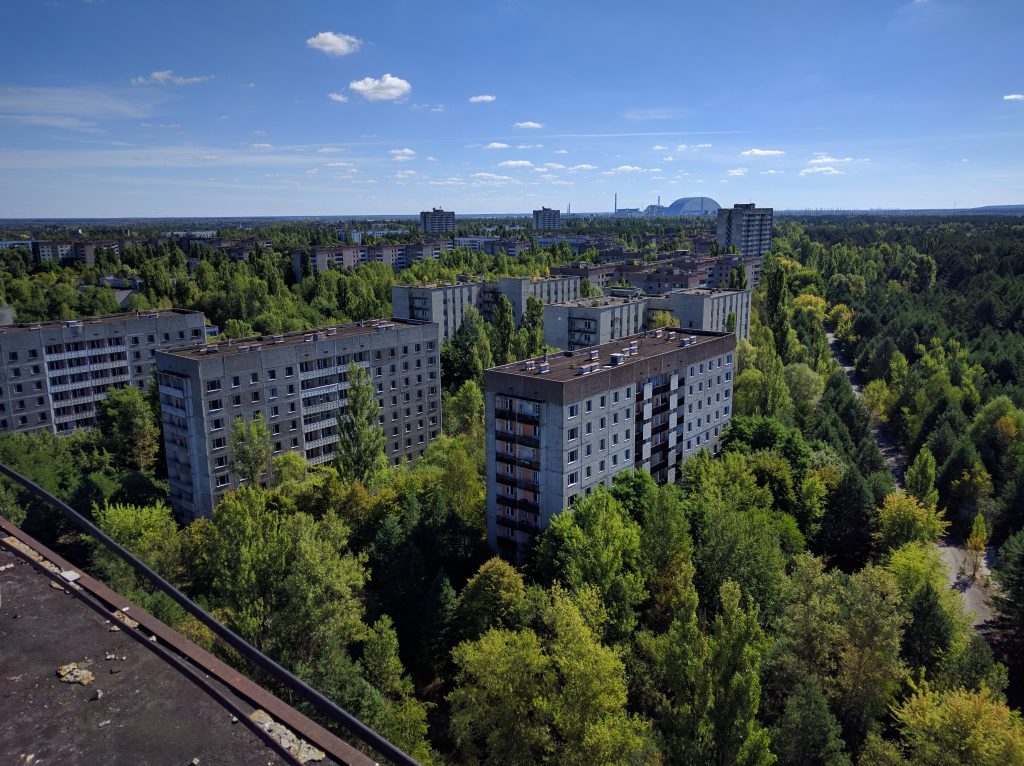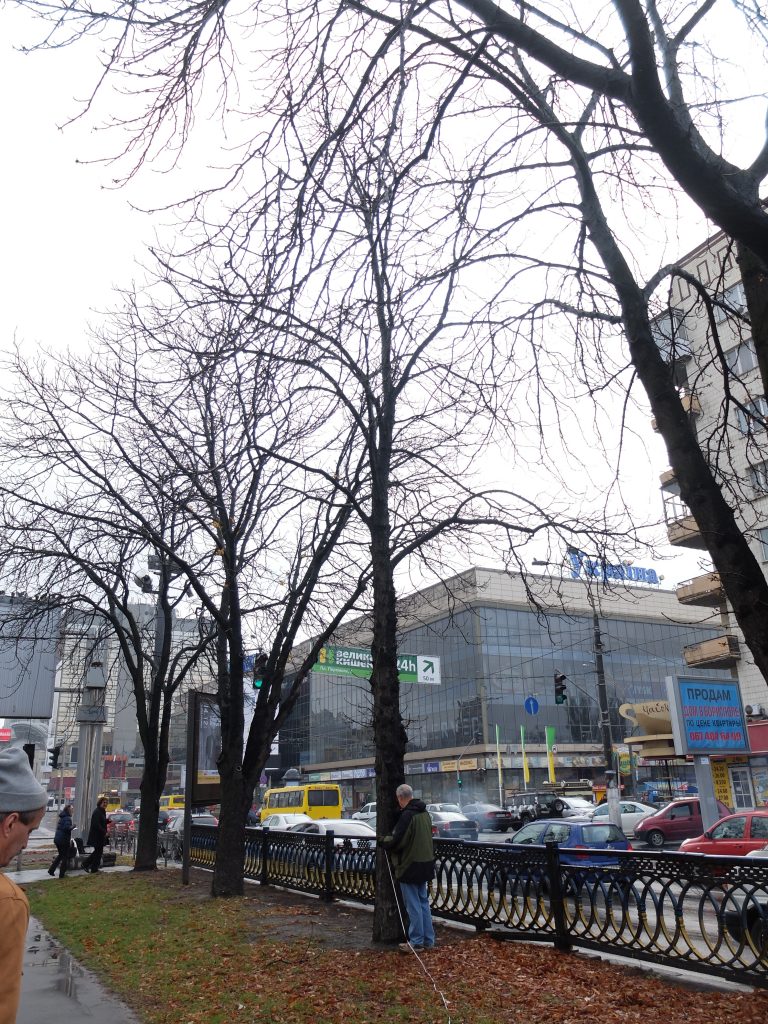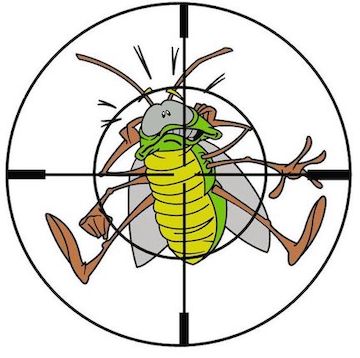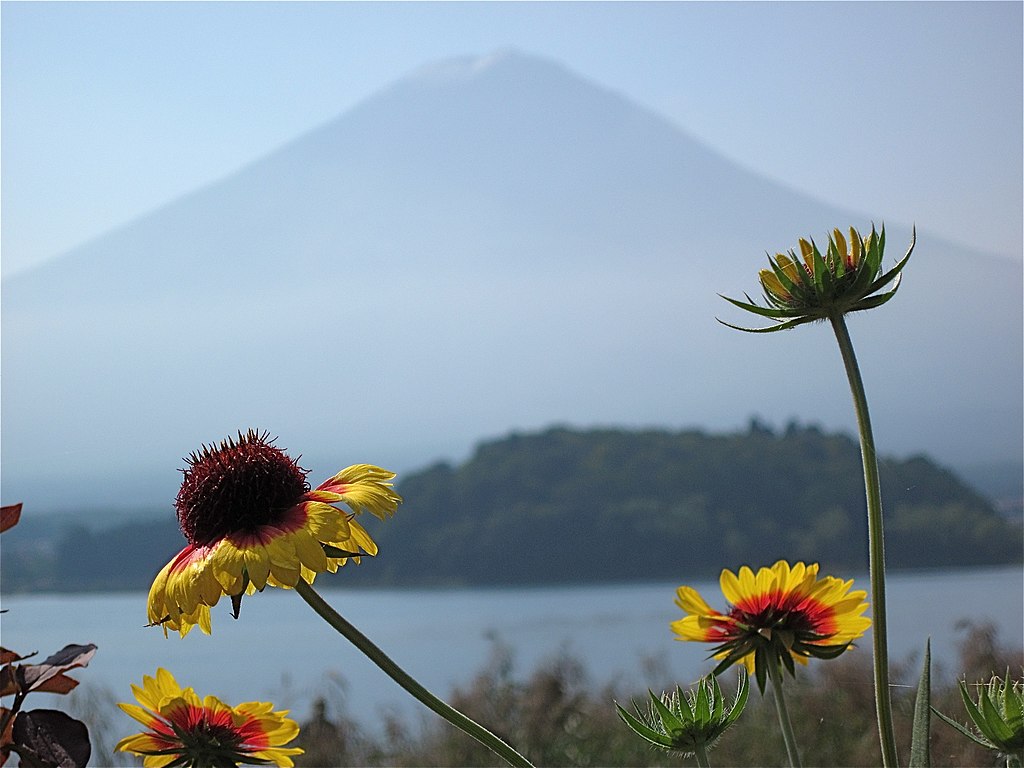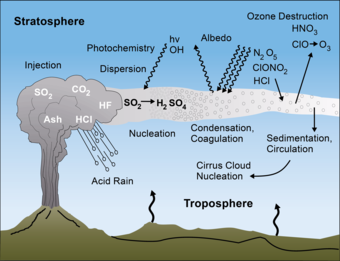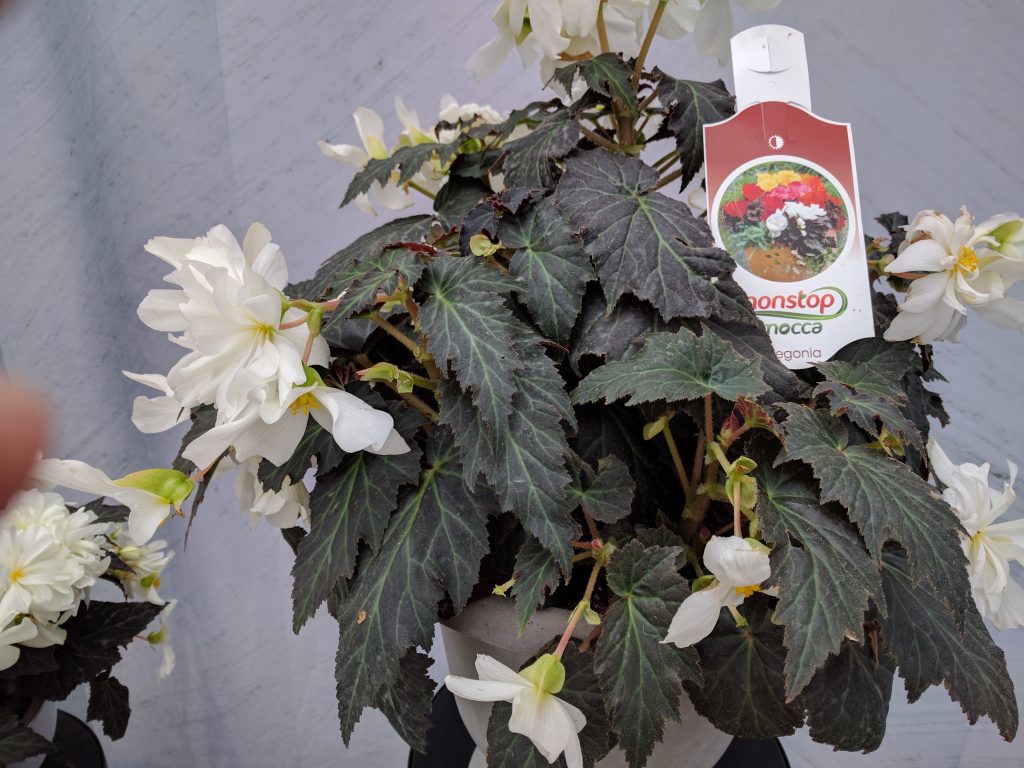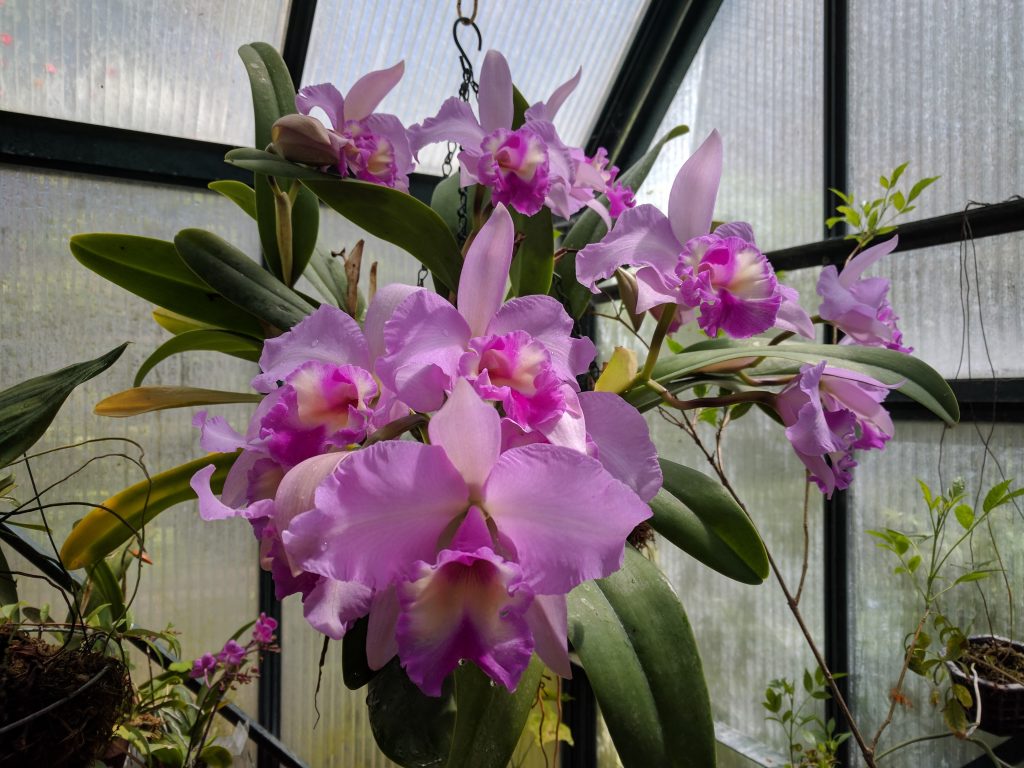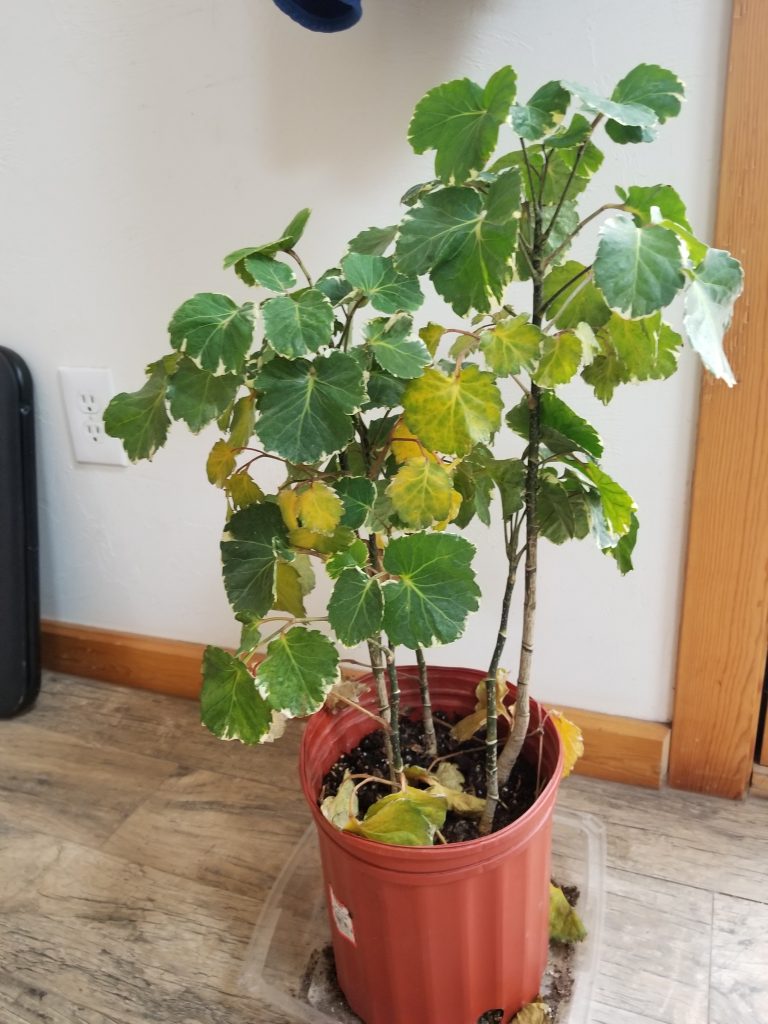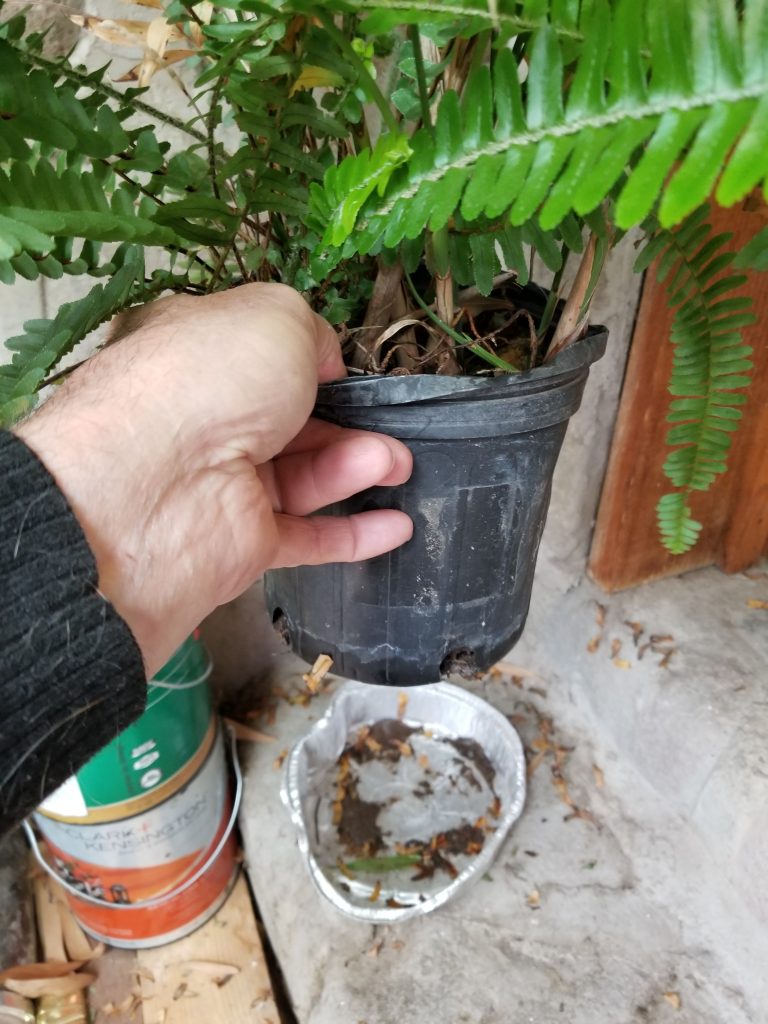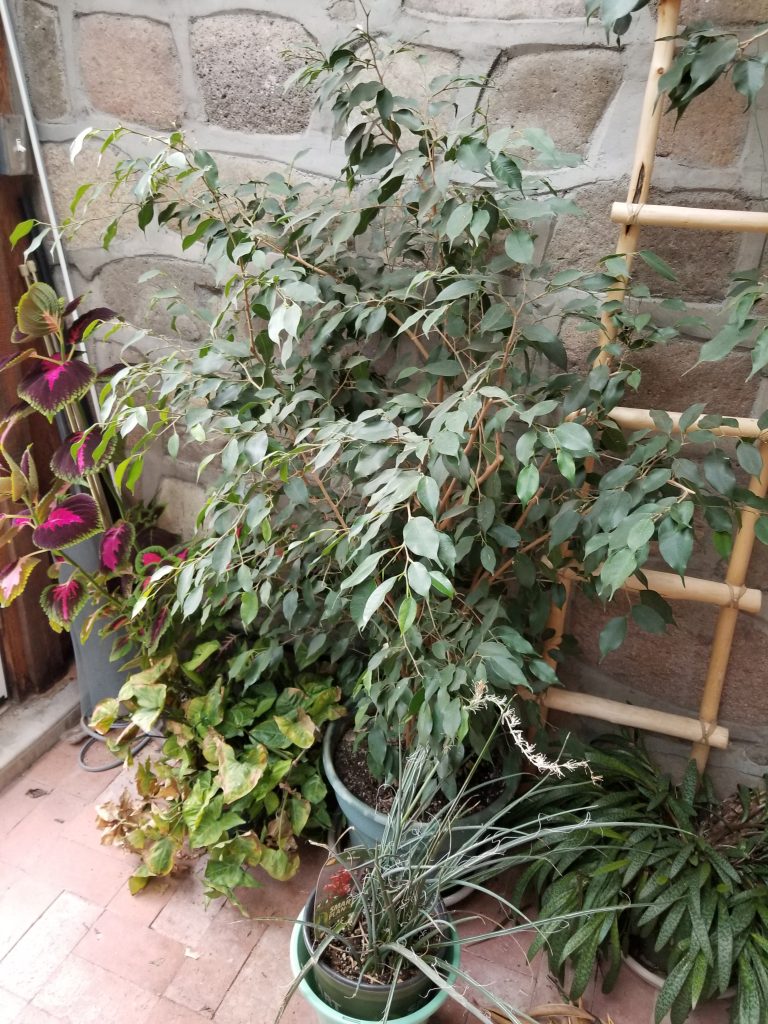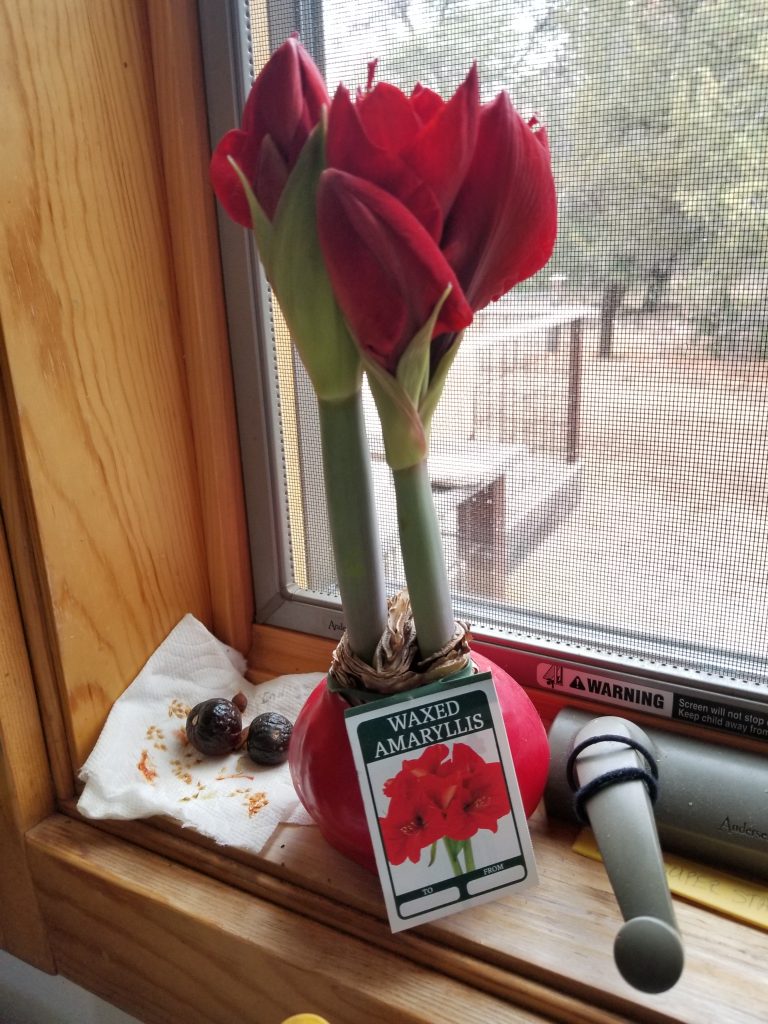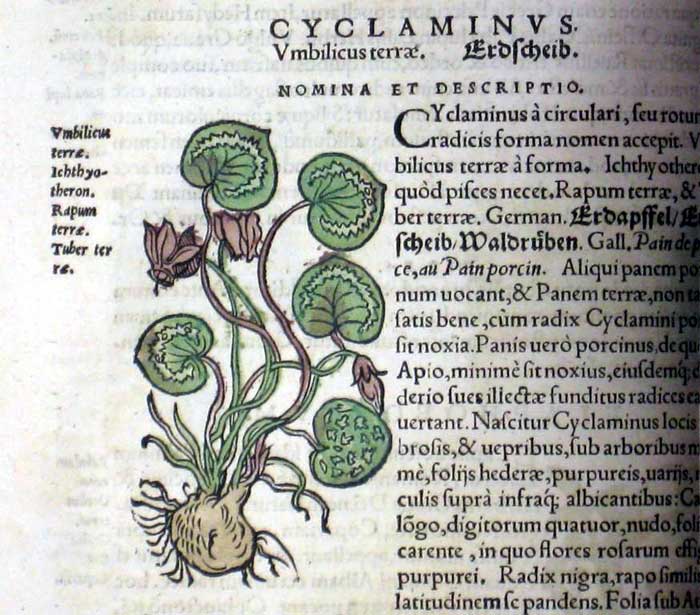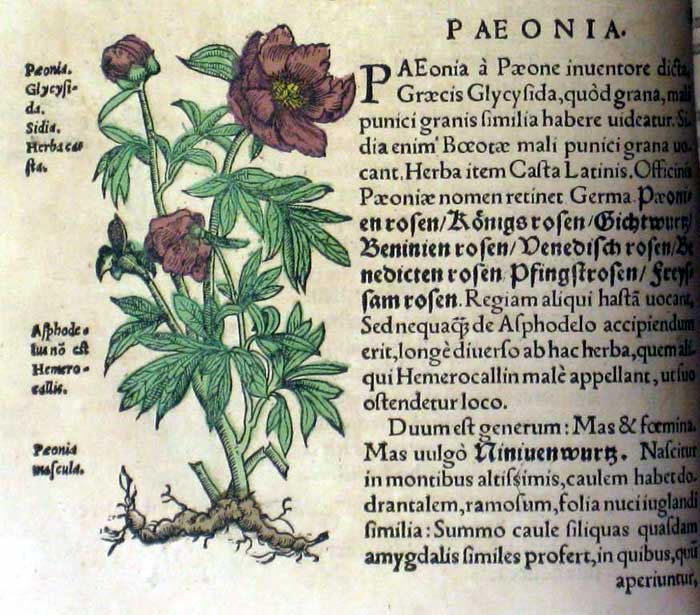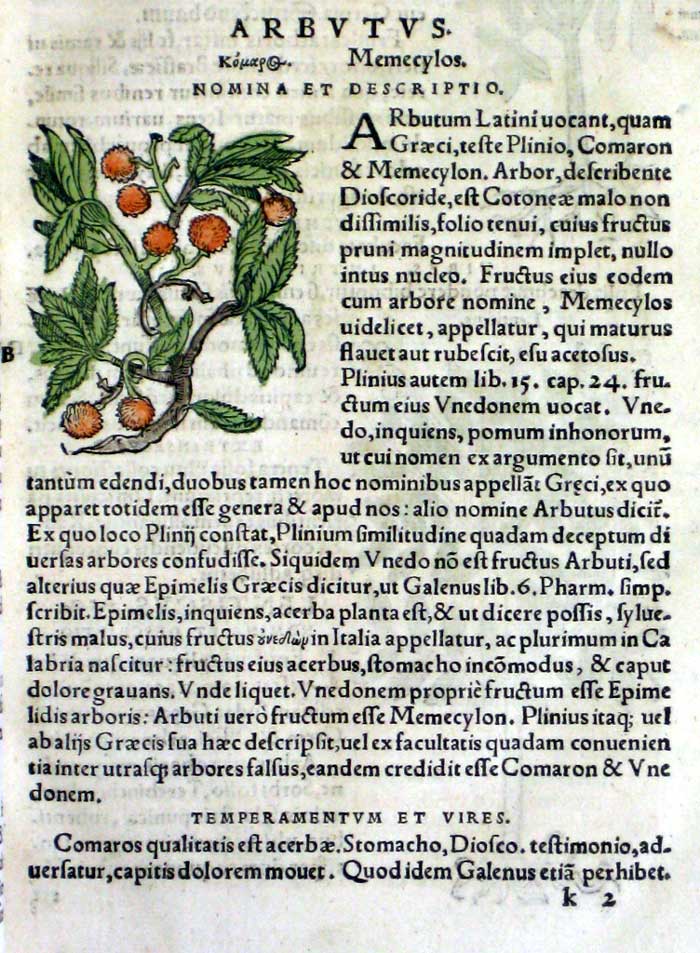I started writing for The Garden Professors a little over a year ago. My very first posting was on “The weather where you are.” In that article, I described some simple ways to measure the microclimates around your yard using some simple hand instruments. But many of you are already well past that and have your own weather stations. For those of you who don’t, here are some considerations for adding a weather station to your garden and a shameless plug for CoCoRaHS (Community Collaborative Rain Hail and Snow Network), a citizen science network of rainfall (and snowfall!) observers around the United States and Canada as well as a few additional stations in Mexico and the Bahamas. I am the current state CoCoRaHS coordinator for Georgia and we are in the last week of the March Madness competition to sign up new observers that they have every year. Even though this year’s competition ends on March 31 you can sign up and contribute to the precipitation record for your state any time. They have links to purchase their required rain gauge on their website on the bottom right side. They also have a very useful guide for Master Gardeners. If you are not in the United States or neighboring countries, you may be able to find rainfall observing networks in your country that you can join as well.
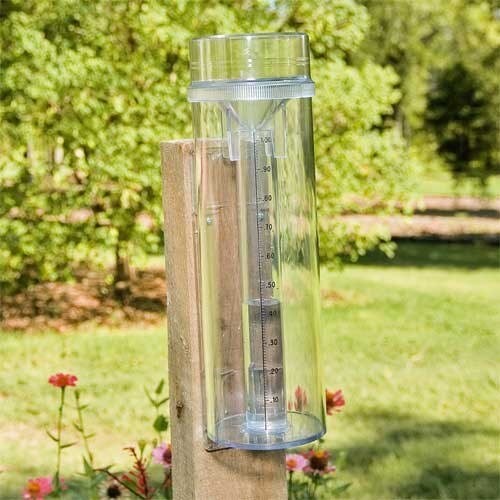
Equipment that is used to measure the weather at a location can vary from a very simple thermometer and rain gauge that you can buy at a hardware store to a sophisticated piece of equipment holding multiple sensors that costs thousands of dollars. The research-grade Campbell Scientific stations that we use in the University of Georgia Weather Network cost about $12,000 each, which is well out of reach of most homeowners, but there are plenty of options for weather enthusiasts that are much more reasonable in price.

A basic weather station may just measure a few variables like temperature and pressure but most people like to add additional sensors like humidity, precipitation, and wind speed and direction. If you are even more ambitious, you might add solar radiation, soil temperature and moisture, and more specialized sensors like leaf wetness. Weather Underground has a useful list of personal weather stations with some details about what sensors each one has, although you will have to click through the links to get pricing. Weather Underground also provides information on how to hook up some of these stations to the web so that you can share your weather information with others and contribute to their own citizen science network.
The single most important factor in getting useful information from your weather station is putting it in a good location. The weather station should be sited where there is good air flow so that you get a representative temperature and humidity for the area. The temperature sensor should also be shaded so that it does not warm up due to direct sunlight. Many stations include an enclosure to shield the thermometer from the sun’s energy. The enclosures are usually white to reflect sunlight and have louvers to let air flow through the enclosure. Some use fans to increase the ventilation of the temperature sensor, especially when winds are light.
Rainfall measurements also require good siting. Precipitation gauges should be placed where they will not feel the effects of any nearby trees or buildings. Usually you need a cone of 45 degrees wide above the top of your rain gauge that does not have any blockage from trees or buildings. Even that may not be enough in all conditions. My own rain gauge is located to the west of my house because that is the only open spot in my tree-filled yard and I notice that in storm systems with wind from the east, the rainfall is lower than other nearby stations because the building is blocking the wind and keeps some of the rain from falling into the gauge. Obviously, you don’t want any moisture from trees, wires, eaves, or fenceposts dripping into the gauge, so look around before you settle on a spot. Dr. Peggy LeMone from the National Center for Atmospheric Research in Colorado described her struggles with making accurate rainfall measurements and why siting is important after a big rain event in 2013.
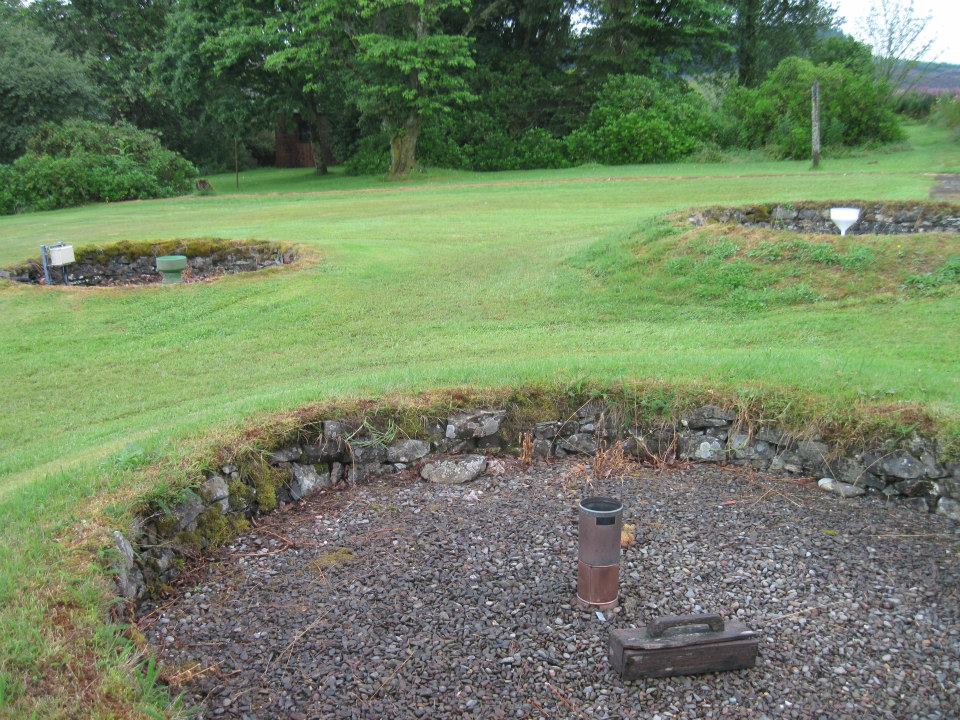
Rain gauges come in a variety of types. The simplest is a can or tube with vertical walls that you can use to catch rain and measure it at regular intervals (usually once a day at the same time each day for consistency). The CoCoRaHS gauge is a 4-inch diameter plastic tube with a funnel and an inner and outer cylinder that can be easily read to 0.01 inches. It holds up to 11 inches in all, and in some big rain events, it might need to be emptied several times in a day! Many personal weather stations use a tipping bucket rain gauge that has an opening with a funnel that drips the water into a bucket that has two sides on a pivot point. The National Weather Service uses weighing rain gauges to calculate the depth of precipitation based on the weight of the water inside the gauge. The Weather Makers has a good description of how these three types of gauges work as well as illustrations about what they look like. Other newer types of rain gauges include optical gauges that use a photoelectric eye to count water droplets as they pass through a funnel past a light source and haptic gauges that use the sound of raindrops hitting a surface to estimate how much rain has fallen based on the raindrop impacts.
Wind sensors should also be placed in an open area with no blockages from trees or buildings nearby. Putting them on top of a roof might seem like a good idea, but the wind flow over the roof can divert the air and speed it up, so that is generally not a good place to put them, although they are certainly very decorative. Some wind sensors have separate instruments for measuring the speed and direction of the wind while others use a combined sensor that can do both at once.
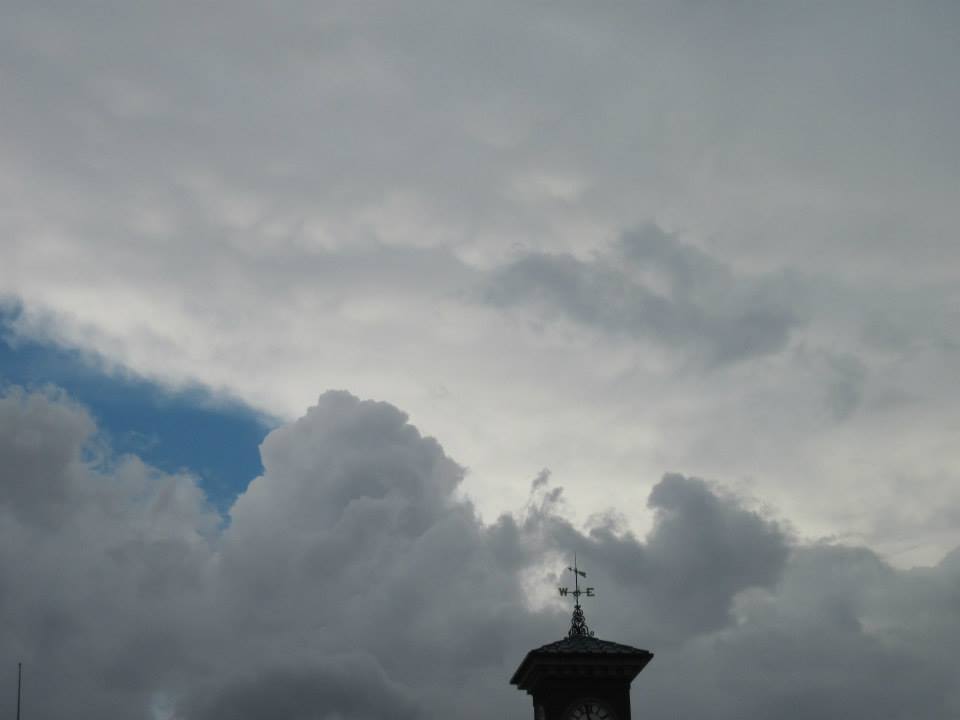
If you love the weather and want to know more about what is happening in your yard or garden, adding a weather station can provide you with entertainment as well as information that can be helpful to track the climate conditions in your garden such as when frost occurs and how much rain you got so you can water appropriately. It also provides a great place to compare conditions with the other gardeners in your area—you might be surprised at how measurements change from one neighborhood to the next!



